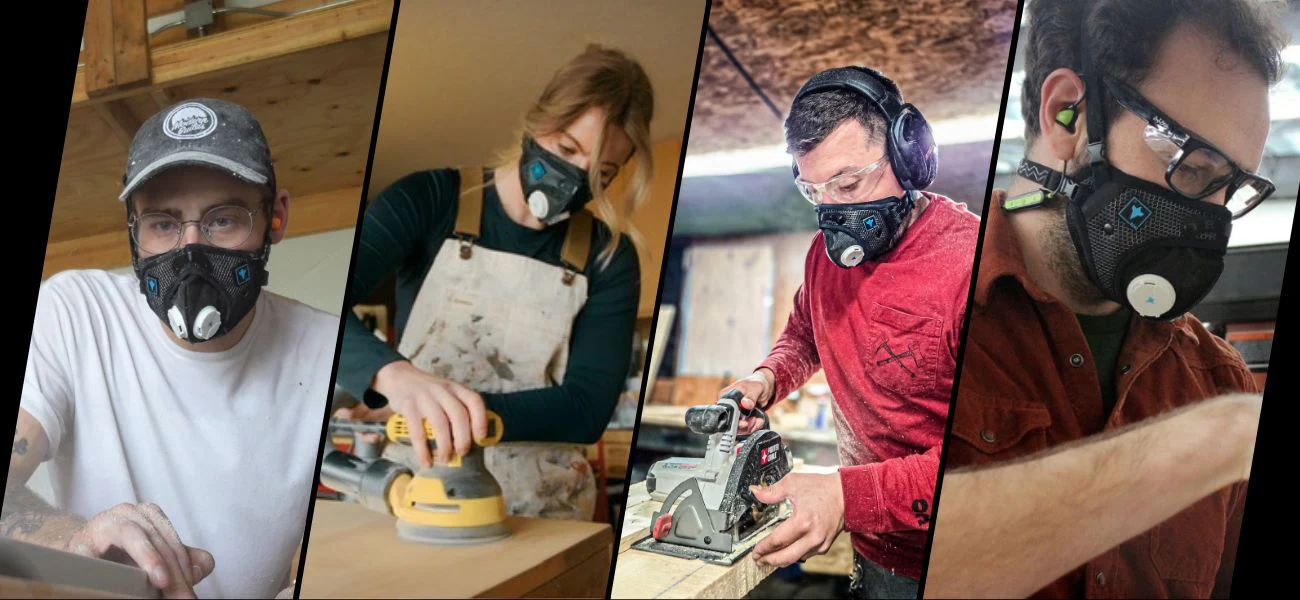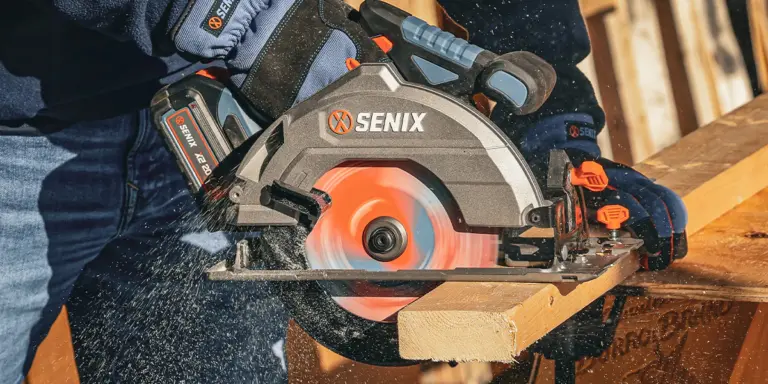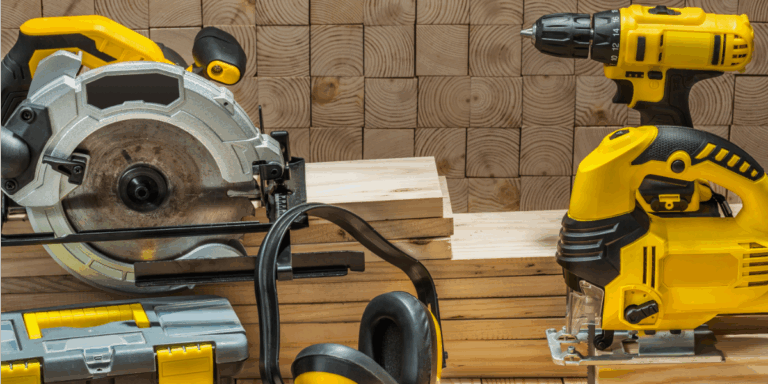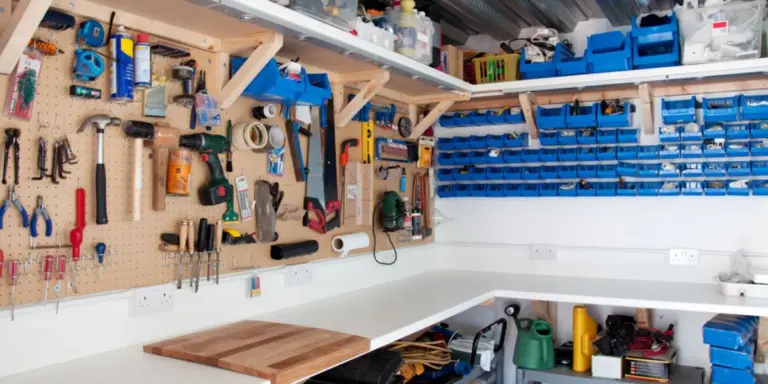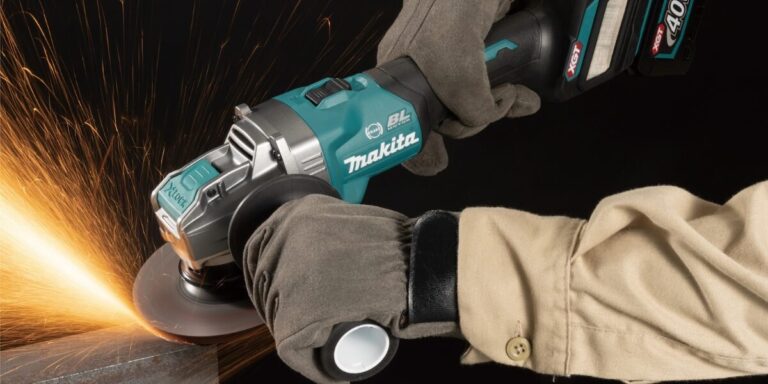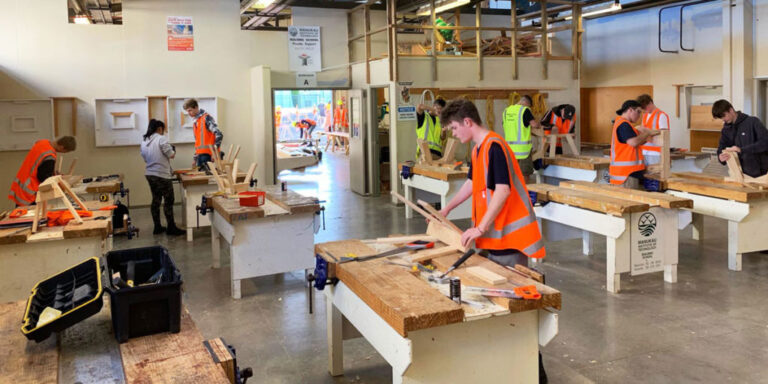Why Respirators Matter for Woodworking
Every time I step into my woodworking shop, I’m surrounded by the scent of freshly cut lumber, the hum of power tools, and the quiet satisfaction of creating something with my hands. But along with all that comes something less pleasant: airborne dust. Whether I’m sanding a cabinet door or ripping boards on the table saw, fine particles are released into the air—tiny enough to be invisible but dangerous enough to do serious harm over time. That’s where the importance of a respirator really hits home. In this article, I want to dive deep into why respirators matter for woodworking and how the right one can make all the difference in both comfort and safety.
Woodworking is an incredibly rewarding craft, but it’s not without its risks. Long-term exposure to sawdust and other particulates can lead to chronic health problems, including respiratory diseases. I used to underestimate the impact of airborne contaminants in the workshop, but after doing some research and personal testing, wearing a respirator has become as routine for me as picking up a chisel or clamping down a board.
The Hidden Dangers in the Woodshop
One of the most deceptive things about wood dust is that it doesn’t always seem threatening. It floats gently in the air and settles on surfaces almost unnoticed. But those fine particles are exactly what make it so dangerous. Dust from hardwoods like oak, walnut, or mahogany contains natural toxins that can irritate the lungs, sinuses, and eyes. And when you’re sanding or sawing, that dust becomes airborne, just waiting to be inhaled.
In addition to wood dust, many woodworkers use stains, finishes, adhesives, and solvents—all of which release volatile organic compounds (VOCs) into the air. Without proper protection, you’re breathing in a mix of particulates and chemicals that can build up in your system over time. That’s why respirators matter for woodworking: they provide a barrier between your lungs and these harmful contaminants, letting you work longer and breathe easier.
Different Types of Respirators
There are several types of respirators available for woodworking, and choosing the right one depends on the kind of work you’re doing and how much exposure you’re dealing with. Over the years, I’ve tested a few different models and styles to see what works best for my projects.
Disposable Respirators
These are the basic N95 or P100 masks that you’ll often find at hardware stores. They’re lightweight, relatively inexpensive, and good for short tasks like a quick sanding job. I keep a few of these on hand for when I have visitors or just need something quick. But for extended use, they can become uncomfortable and don’t always seal well to the face.
Half-Face Respirators
This is my go-to for most of my woodworking sessions. A half-face respirator offers a tight seal around the nose and mouth and uses replaceable cartridges or filters to clean the air. Some filters are designed for particulates like sawdust, while others handle chemical vapors. What I like about these is their balance of comfort and effectiveness. If you’re serious about dust control, this is where you’ll start to feel the difference.
Full-Face Respirators
These are a step up in protection, covering the entire face and providing both respiratory and eye protection. I’ve used one during finishing jobs or when applying epoxy resins that release a lot of fumes. While they’re bulkier, they give me confidence that I’m completely sealed off from harmful substances. If you work with exotic woods or do a lot of spraying or chemical work, this level of protection is worth considering.
Powered Air-Purifying Respirators (PAPRs)
For maximum protection and comfort, a PAPR is hard to beat. These units have a battery-powered blower that pulls air through filters and delivers clean air to a facepiece or hood. They’re commonly used in professional shops or for workers with respiratory sensitivity. I don’t use one daily, but I borrowed one from a friend and was amazed at how much more breathable and cool it felt inside the helmet.
Fit and Comfort Are Critical
A respirator can only do its job if it fits properly. Early on, I made the mistake of assuming that any mask would offer protection, but if there’s even a small gap between your face and the mask, contaminated air can sneak in. I always test the seal by covering the filters and inhaling gently—if the mask pulls inward slightly and no air leaks in, I know I’ve got a good fit.
Comfort is another key factor. If the respirator is tight, hot, or causes pressure points, I’m less likely to wear it consistently. I’ve learned to look for models with adjustable straps, soft silicone facepieces, and exhalation valves to reduce heat and moisture buildup. Some days I spend hours at a time in the shop, and I need gear that won’t wear me down.
When to Wear a Respirator
At this point, I wear a respirator any time I’m creating dust or fumes. That includes:
- Sanding with power tools
- Cutting MDF or plywood
- Using spray finishes or stains
- Mixing or applying epoxy
- Cleaning up using compressed air
It’s easy to think that short tasks don’t require protection, but even a few minutes of exposure can add up over time. Why respirators matter for woodworking isn’t just about big jobs or obvious risks—it’s about building good habits that protect your health for the long haul.
The Cumulative Effect of Exposure
One thing I didn’t realize early on is how sneaky cumulative exposure can be. You might not feel any effects today, but years of breathing in fine particles can lead to asthma, chronic bronchitis, or even cancer. I’ve heard stories from older woodworkers who now have permanent respiratory problems because they didn’t use protection consistently.
What really made it real for me was the difference I felt after using a respirator regularly. Less coughing, clearer sinuses, and no burning sensation in my throat after a day of sanding. The effects of proper protection are almost immediate, and they compound over time in the best way possible.
Additional Shop Practices That Help
While respirators do a great job of filtering the air you breathe, I also try to reduce dust at the source. I’ve installed a shop vac system on most of my power tools, and I use a HEPA-filtered air purifier to catch airborne particles while I work. Good ventilation—whether it’s an open window or a fan—helps move contaminated air out and fresh air in.
I also keep my workspace clean by vacuuming or wet-wiping surfaces instead of sweeping, which just kicks dust back into the air. Even with a respirator on, I believe in a multi-layered approach to clean air. Why respirators matter for woodworking ties into an overall strategy that includes dust management, air filtration, and protective gear.
Choosing the Right Filters
Filters are the heart of any respirator. For woodworking, I usually go with P100 particulate filters because they block at least 99.97% of airborne particles, including very fine wood dust. If I’m working with chemicals, I switch to organic vapor cartridges or combination filters that handle both particulates and vapors.
Filters don’t last forever. I replace mine regularly—when breathing becomes harder or if I notice any strange smells getting through. Some filters even have indicators that change color when it’s time to change them. Keeping fresh filters in rotation is one more way I make sure I’m protected every time I suit up.
Educating Others in the Workshop
I occasionally host friends or family in my workshop, especially when we’re working on a group project. One of the things I always make a point to do is explain why respirators matter for woodworking. It’s not about being overly cautious—it’s about setting the standard for safe habits. I keep a few spare disposable respirators on hand and encourage guests to wear them, especially when we’re sanding or spraying finishes.
There’s a misconception that respirators are overkill for home shops. But health risks don’t disappear just because you’re working out of a garage instead of a professional space. In fact, small spaces with poor ventilation can be even more hazardous, which makes protection even more essential.
Cost Versus Benefit
Some people hesitate to buy a good respirator because of the price. I get it—it’s tempting to spend that money on a new tool instead. But when I think about what’s really at stake—my ability to breathe, speak, and live a full, healthy life—the cost becomes easy to justify.
A decent half-face respirator with P100 filters might cost the same as a circular saw blade or a mid-range power tool. And the filters? They cost less than a pizza. Why respirators matter for woodworking isn’t just about avoiding discomfort—it’s about preventing irreversible damage. That kind of peace of mind is worth every penny.
Final Thoughts
Woodworking is a craft built on skill, patience, and precision. But it should also be built on smart safety habits. Wearing a respirator doesn’t slow me down or take away from the joy of building something with my hands. In fact, it enhances it—knowing I’m taking care of my health while doing what I love.
So whether you’re a weekend DIYer or a full-time builder, I encourage you to make respirators a non-negotiable part of your shop routine. There are plenty of dangers in the workshop you can’t eliminate, but the air you breathe doesn’t have to be one of them. Why respirators matter for woodworking comes down to one simple truth: you only get one set of lungs, and they’re worth protecting.

